‘Any initially good hypothesis that makes sense and is addressed properly should be reported.’

Editor’s note: The following is the second part of a two-part interview with Giovanni Turchini, associate head of research at the School of Life and Environmental Sciences at Deakin University (Australia), and one of the world’s leading experts on fish nutrition. To read part 1, please click here.
During your presentation at GOAL, you asked industry – producers to retailers – to “define the minimal level of omega-3 acceptable in final products.” Do we have any idea what that is now, what the omega-3 “floor” is?
It’s very much species specific. It’s fundamentally linked to the fat content of the fish fillet. Those that have more fat have a higher amount of omega-3s compared to leaner species. It’s very important for the industry to have a target. If retailers, farmers and the aquafeed sector can say, “We believe this is the minimum level,” then it’s much easier. If we talk about salmon – a fatty fish, rich in omega-3s and very tasty – you started off with 2.5 to 3 grams of EPA and DHA per 100g, that’s what you can achieve with a 100 percent fishmeal and fish oil diet. Now, we’re closer to 1 gram of EPA and DHA per 100 gram of fish. One thousand milligrams of EPA plus DHA is a good target, that’s my personal opinion. It’s also a nice round number and a good match to RDIs (recommended daily intake) for omega-3s, as the most commonly accepted is 500 mg per day.
If you have a portion of salmon, 100 grams with 1 gram of EPA and DHA, that will satisfy two days of RDI, which is a very fair and good target. That level is high enough to guarantee optimal flavor of the fish and also the optimal health of the fish. We can go even lower than that, yes, technically we can, as salmon can be healthy and grow well. But I believe the salmon industry should look at that number.
When it comes to leaner species, I think a good target is to match that of the wild counterpart. That’s easy to do. Take European sea bass or gilthead sea bream: The wild fish is much, much leaner than the farmed fish, it has much less fat. And when you look at the EPA and DHA content per 100 grams, it’s relatively low, like 200 or 300 milligrams. For farmed fish, [that level] is relatively easy to achieve. It’s as much as you find in the wild. It’s achievable. That’s my suggestion.
Of the potential non-fish sources of omega-3s, which show the most promise in terms of environmental protection and economic viability – methane-eating micro-organisms, microalgae or terrestrial plants?
Of the new-coming alternative products containing EPA and DHA, the first one we need to explore more is actually by-products of fisheries and aquaculture industries. At the moment, we’re not using enough. Trimmings are a fantastic source. This sector is growing but we can do much better. I would dream to see that 100 percent of the waste products from these industries be recycled.
Do you know what is being utilized now? The fishmeal industry says about 35 percent of global supplies, the overall raw tonnage, comes from by-products.
Honestly, no. It’s very varied from market to market. In some regions, fish are typically sold almost entirely as whole fish. Difficult to recycle those leftovers. In Australia and North America, you buy the fillet. The processor harvests it. The yield of seafood, generally, is about 50 percent. So, in theory, if global fisheries are producing 100 million tons of fish, we should expect about 50 million tons of by-products. That would provide a lot of fantastic fishmeal and fish oil. It is very much a logistics problem, because this waste is very much scattered. But we can improve on that front, at least where we have a greater concentration of waste.
Production of microalgae is currently limited, but it is an industry that can be easily expanded.
What has been agreed is never to use the waste product of a species to feed that same species. Leftovers from the salmon industry would be potentially considered as being dangerous, if you like, to use again for salmon. But they could be used for sea bass, and vice versa. Thanks to the diversity of the industry, you always have another sector that’s willing to buy those products.
I’m very happy to see an increase in the use of single-cell oils, or microalgae. The technology was there for many years, but never up to scale, and the cost of production never viable. We were able to produce this beautiful product, packed with omega-3s, but it was too expensive. In my understanding, there has been a deflation of the biodiesel balloon. A lot of investment in microalgae for biodiesel. So we have this technology, how can we use it? For many years we had only one company making microalgae. It was used for infant formula, baby food. You had a highly sustainable, contaminant-free, no-pollutant source of DHA, and infants need this for brain development, and it was best option for this product. Other companies are now coming on board and the price is coming down a lot. Feed companies are talking about it, and are looking into it. Production of microalgae is currently limited, but it is an industry that can be easily expanded.
With genetically modified oilseed, you have again a polarized view. It’s perhaps the most polarizing, and I don’t want to get into that. But it’s unquestionable that the technology is coming. There are two crops, one in the UK, and another in Australia, a camelina and a canola with significant amounts of DHA. They are being genetically modified, including some genes from microalgae. These new oilseed corps will very soon be a reality on the market. How the public and the industry will use these, we don’t know. What I think is nobody will ever start producing so much of this GM crop as to saturate the market and cause a reduction in the price. If the price of EPA and DHA is dictated by the price of fish oil, I imagine they would produce just enough to sell it at as high a price as possible. That would make commercial sense.
NuSea.Lab, the Nutrition and Seafood Laboratory at Deakin University, looks for innovation. Are you finding it? Certain people say the aquaculture is lacking it.
Well, yes. I think we do find it. We contribute to innovation in the sector, there’s a lot of innovation happening, but there’s not a lot of people able to see innovation where it is. It changes. And many people are reluctant to embrace change.
When I benchmarked my lab with other big R&D labs around the world, there’s no question that we are relatively small with resources, personnel and time. What I’m sure we are not short of are ideas. I have a folder on my desktop where I keep ideas for possible new projects and new hypothesis, and every time I can answer one of those, I have another three or four new ideas coming up. I have tried a lot of things. Innovation comes with trial and error, it’s the reality. It’s not like on the first go you solve the problem. You have to try a lot of different approaches, often with negative or inconclusive results. That is what is affecting all academia, not just aquaculture. Nowadays, it’s difficult to invest resources, time and money and then come up with a negative result. Which means you can’t publish in high-impact journals, which typically only publish positive results. I think it’s very important to publish negative results, too. They are useful to grow the knowledge. Any initially good hypothesis that makes sense and is addressed properly should be reported. You need to push the barrier and try to understand what is possible.
I think aquaculture is an extremely innovative sector, but maybe people don’t see it. But if you look at current aquaculture compared to 10 years ago, it’s like a different world.
For instance, I looked at alternative feeing schedules to improve the omega-3 retention. Instead of giving the fish the same feed every single meal, see what happens if we alternate that? If you feed a high omega-3 content feed at night, they retain more, as they are less active. If you feed it to them in the morning, they burn it more. I’ve suggested that we try that.
I’ve also looked at finishing diets – growing a fish with low or no fish oil and then switching to a high fish oil diet. I looked at the formula describing it (the dilution model), and said if we can decrease the amount of fat of the fish before [administering] the finishing diet it will be more effective. I tested that. Before switching to the high-fish oil diet, I just put the animals through a short fasting to lose some of the fat. That resulted in increased efficiency of the fish oil finishing period. Again, the industry won’t take that up because you lose two weeks of growth, but that’s not the point. Innovation comes little by little. We have just looked at retro-engineering the protein sparing effect, and in essence tried to see if higher protein diet could spare omega-3 from catabolism. We looked at fortifying diets with a selected blend of minerals and vitamins to improve in vivo omega-3 fatty acid biosynthesis; and we also looked at the importance of cholesterol and arachidonic acid in low fish oil diets. These are just some of the various novel ideas and approaches we are trying.
We just have a small lab trying to come up with novel ideas. Uptake from the industry, I understand it’s not that simple. Maybe the transition is low, or sometimes we don’t see the transition because those embracing the innovation will keep it protected as an advantage over competitors. I think aquaculture is an extremely innovative sector, but maybe people don’t see it. But if you look at current aquaculture compared to 10 years ago, it’s like a different world.
What do you see in today’s students? What are the characteristics of the aquaculture students you have at your school?
I’ve been lucky with excellent students. But it is one of the problems for the sector. Not really the quality of the students but the quantity, that is the limiting factor. In my experience, we have a small number who are interested in aquaculture, but those few are exceptional, because they are focused and it’s their passion. And that’s what you want – the passion. Knowledge is secondary; how smart they are, it doesn’t matter. I want the passion and if you have that you have a fantastic student, performing very well. The problem is there are very few, not just at my lab but all around the world.
They are kids at the end of the day and they are quite romantic. Kids who really want to pursue a career in R&D, they really want to make a difference and change the world. Unfortunately, the media is only exposing them to some topics, so if you want to make a difference now, you need to work on climate change or renewable energies. But I think if you want to change the world and make a difference you need to work in aquaculture! It’s the sector with the potential to fix a lot of problems. We’re simply not telling the younger generation how important and how sexy aquaculture is. There! Once you get those few hooked, they are the happiest students ever, because the sector is good, they are traveling, meeting interesting people, working with highly sophisticated technology. We definitely need to invest in marketing to the broader community, and say that this is aquaculture, this is the future, let’s forget the past.
Now that you've reached the end of the article ...
… please consider supporting GSA’s mission to advance responsible seafood practices through education, advocacy and third-party assurances. The Advocate aims to document the evolution of responsible seafood practices and share the expansive knowledge of our vast network of contributors.
By becoming a Global Seafood Alliance member, you’re ensuring that all of the pre-competitive work we do through member benefits, resources and events can continue. Individual membership costs just $50 a year.
Not a GSA member? Join us.
Author
-
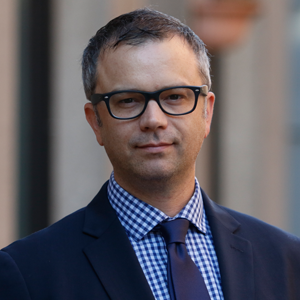
James Wright
Editorial Manager
Global Aquaculture Alliance
Portsmouth, NH, USA
Tagged With
Related Posts
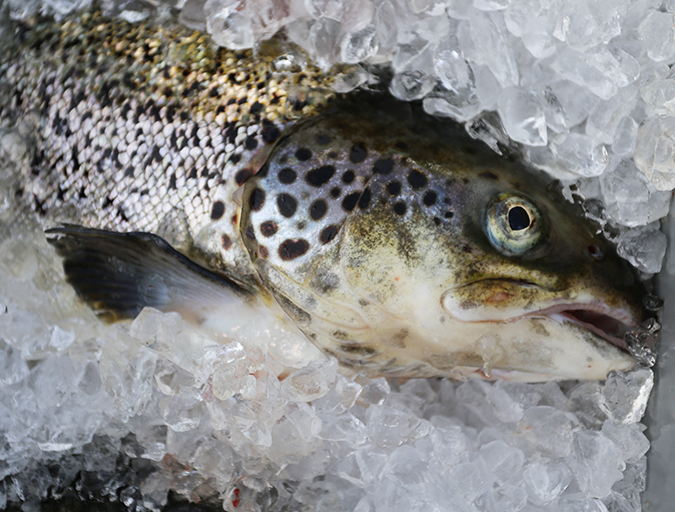
Aquafeeds
Fishmeal-free Atlantic salmon feed formulation shows promise
A recent study evaluated the effects of a fishmeal-free diet on Atlantic salmon performance and fillet quality during successful growout to market-size in a commercial-scale, land-based, closed-containment system using water recirculation technology. Test fish performed well, with 97 percent survival during the 10-month growout period.
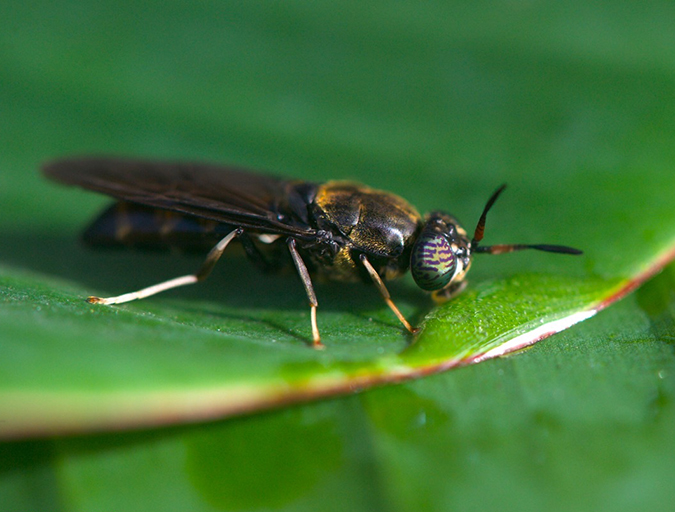
Aquafeeds
Buggin’ out: Tapping the potential of insect meal in aquaculture
Black soldier flies are gaining interest as a leading alternative ingredient in aquafeeds. But will the “ick” factor be a turn-off? Advocate contributor Clare Leschin-Hoar investigates.
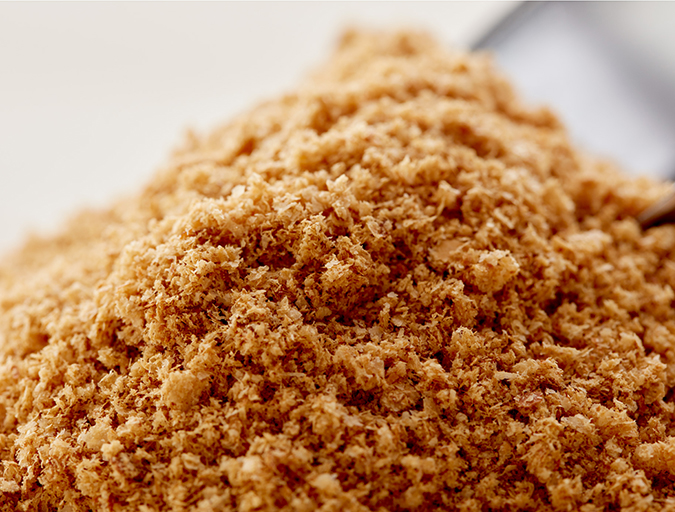
Aquafeeds
Bridging the omega-3 gap with methane, microalgae
Innovation is leading to new ingredient options for renewable sources of omega-3 fatty acids. But Replicating long chain fatty acids is a tall order, Advocate contributor Lisa Duchene discovered.
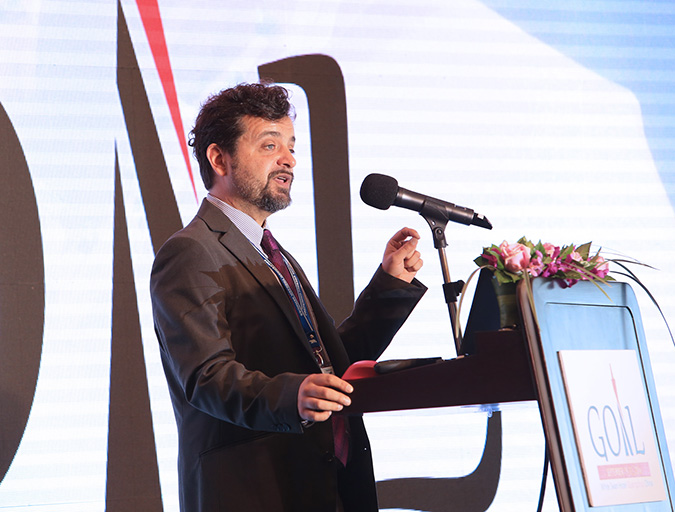
Aquafeeds
Aquaculture Exchange: Giovanni Turchini, Deakin University, part 1
One of the world’s leading fish nutrition experts talks about how aquaculture can learn to survive, and even thrive without depending on fishmeal and fish oil. It’ll take a lot of innovation, but Giovanni Turchini is confident that the industry is on the right path.


